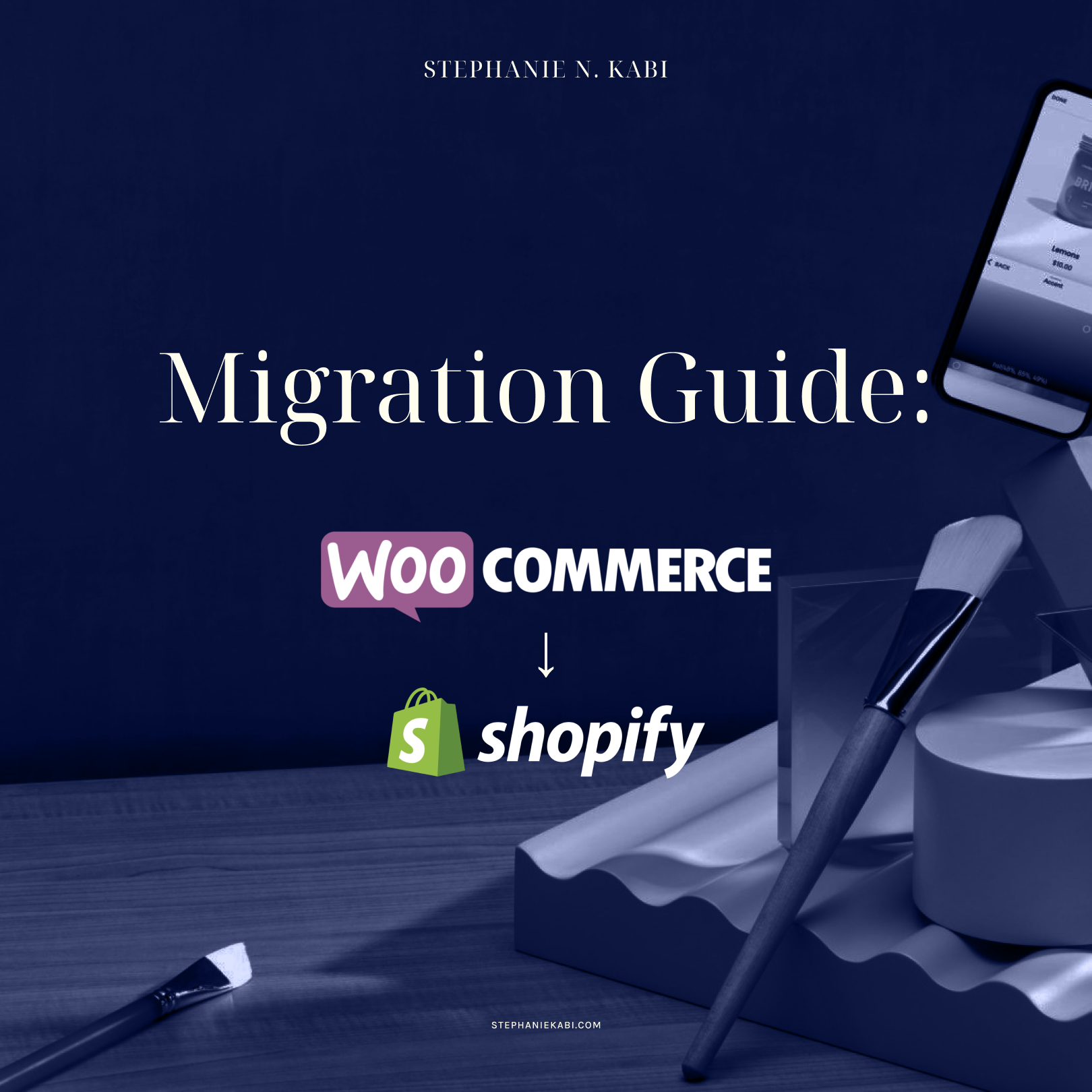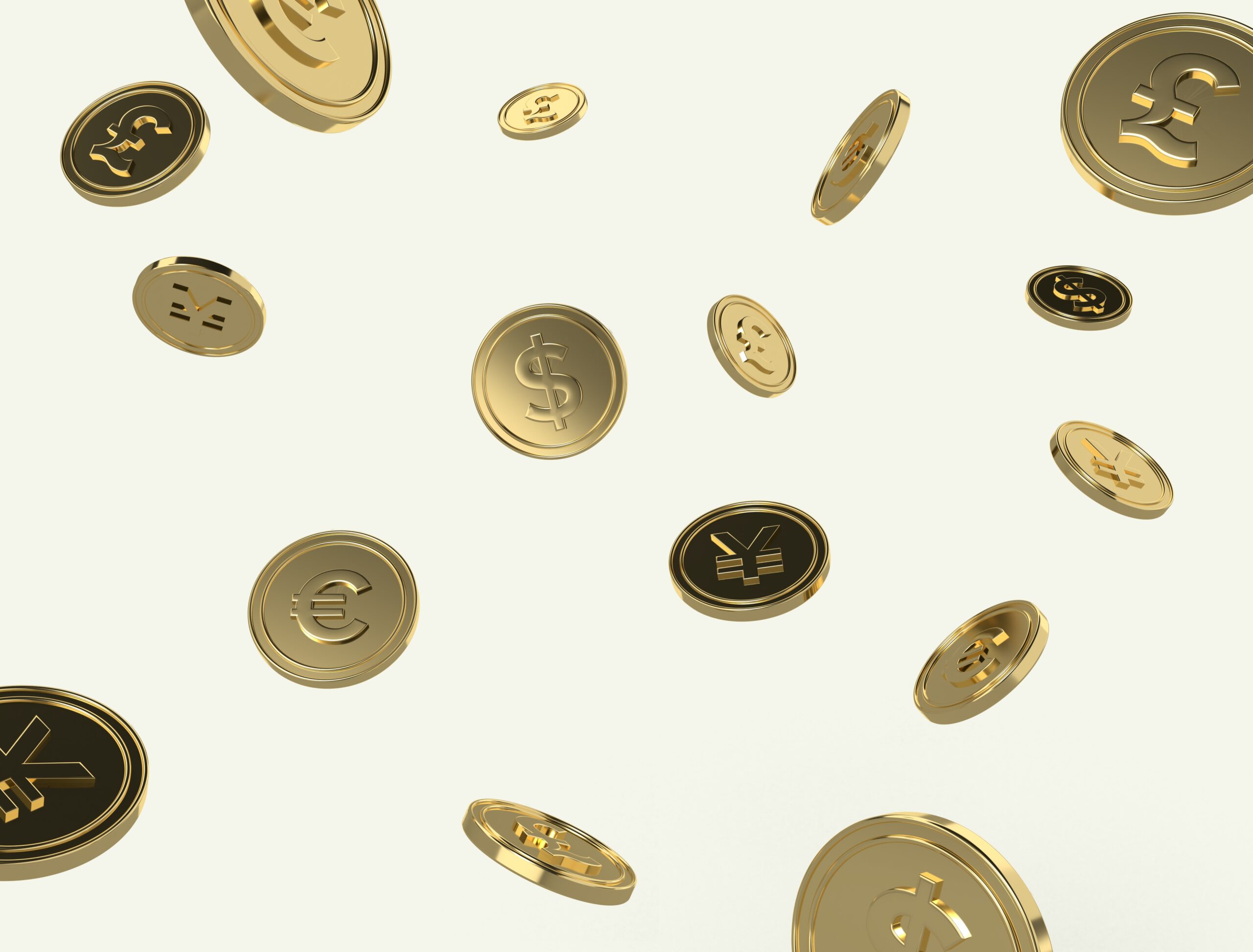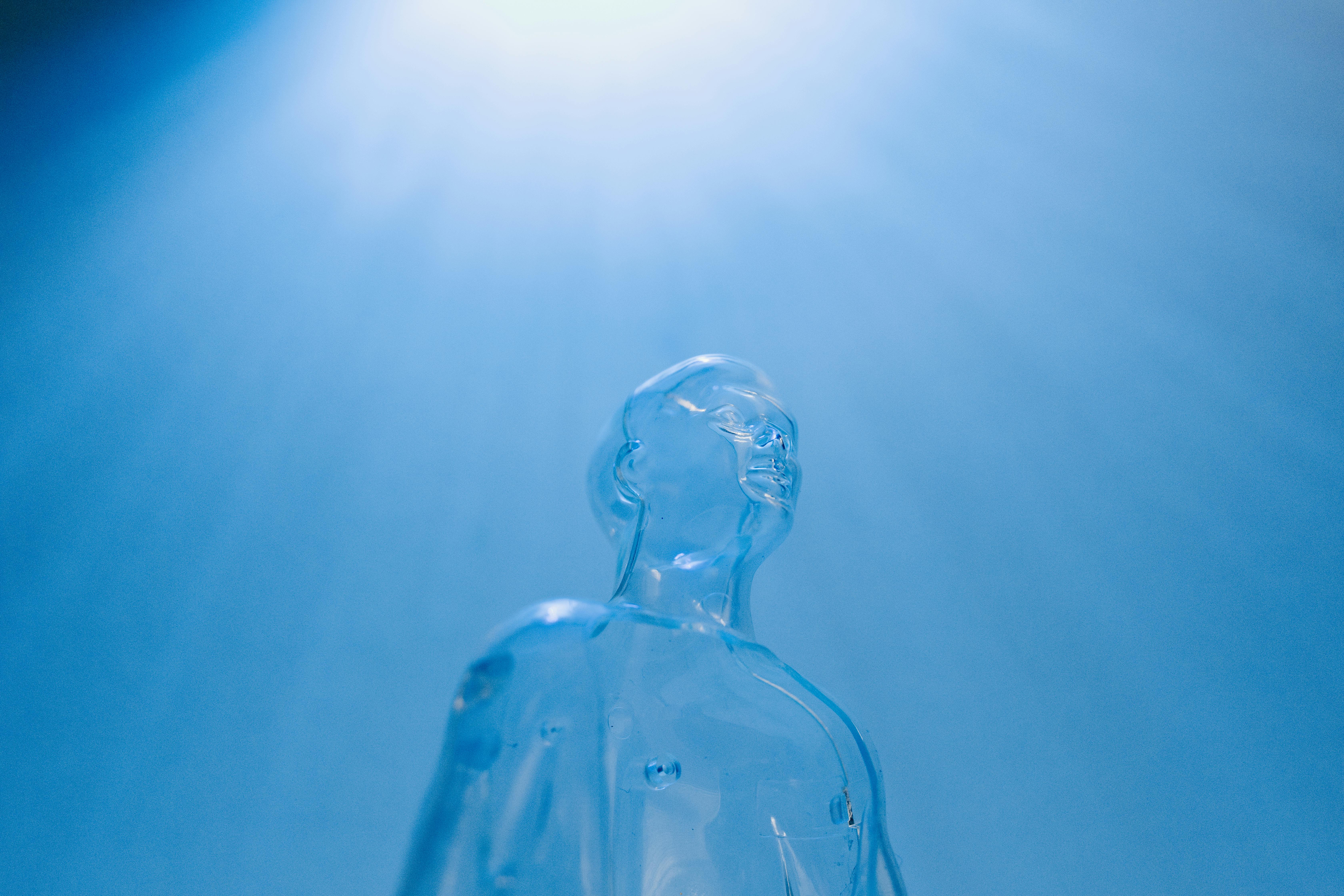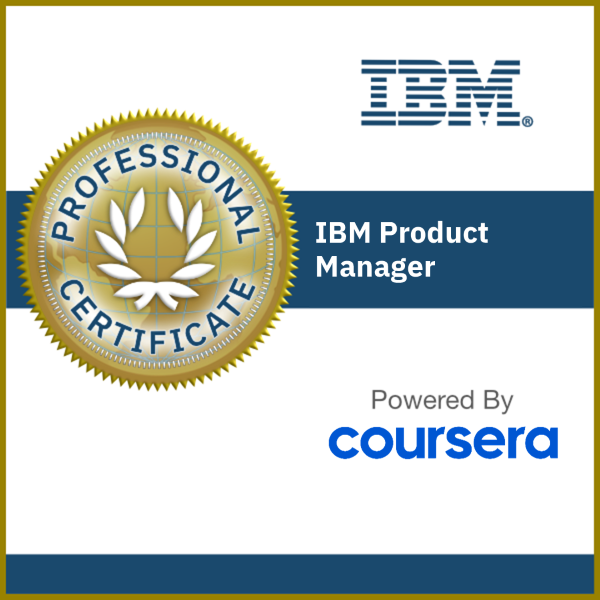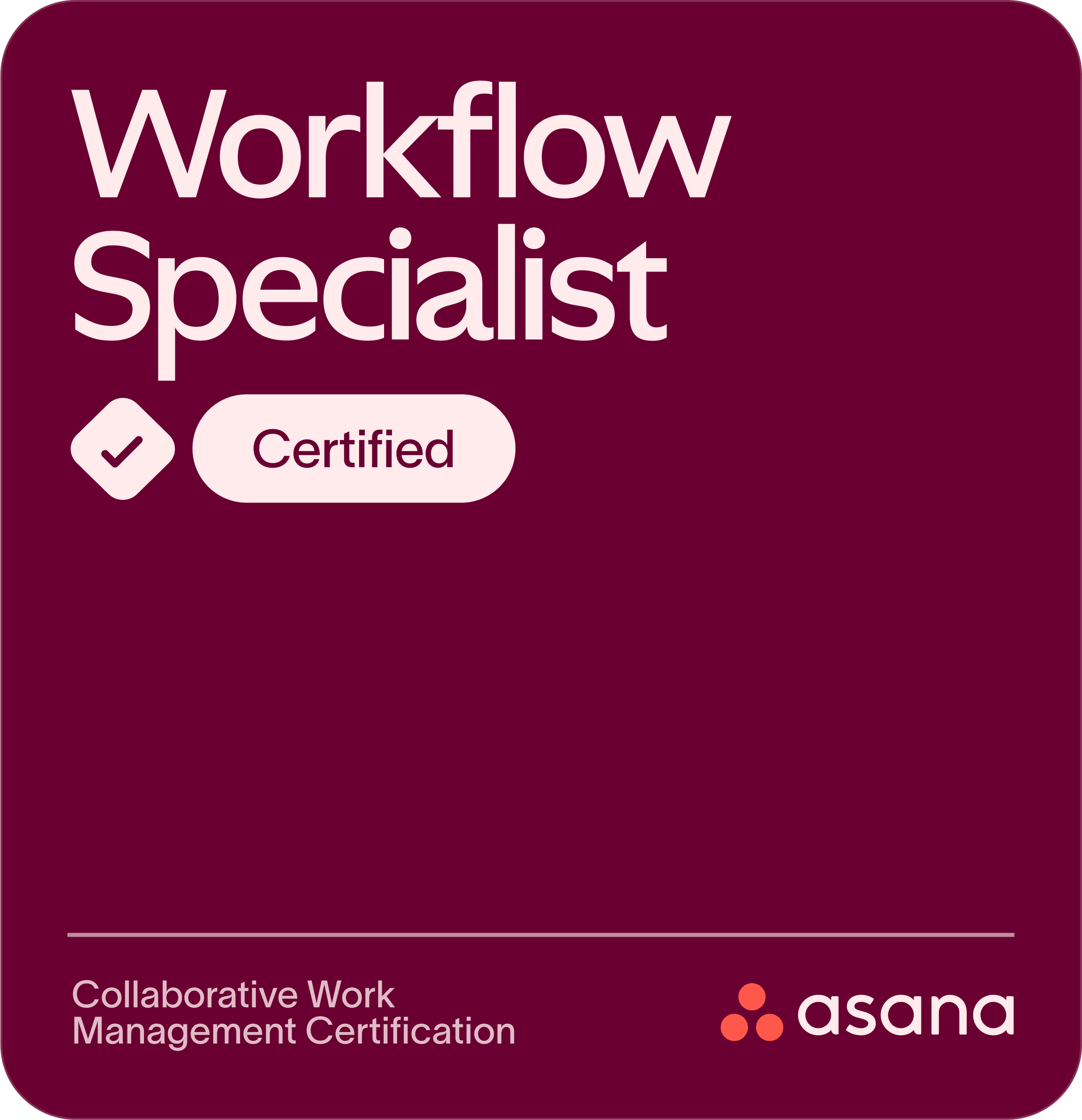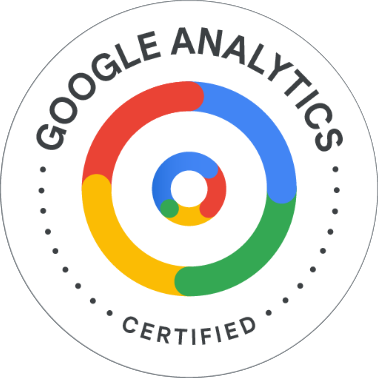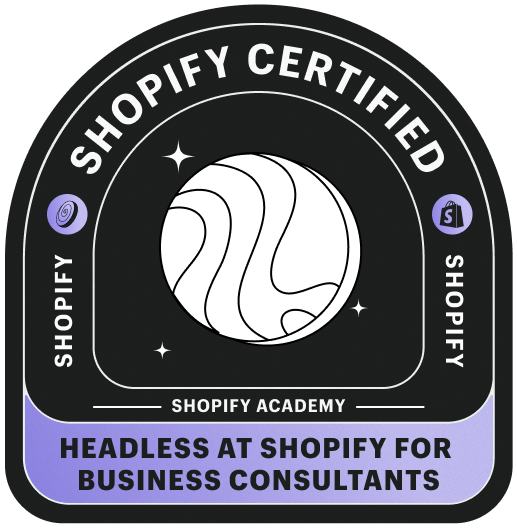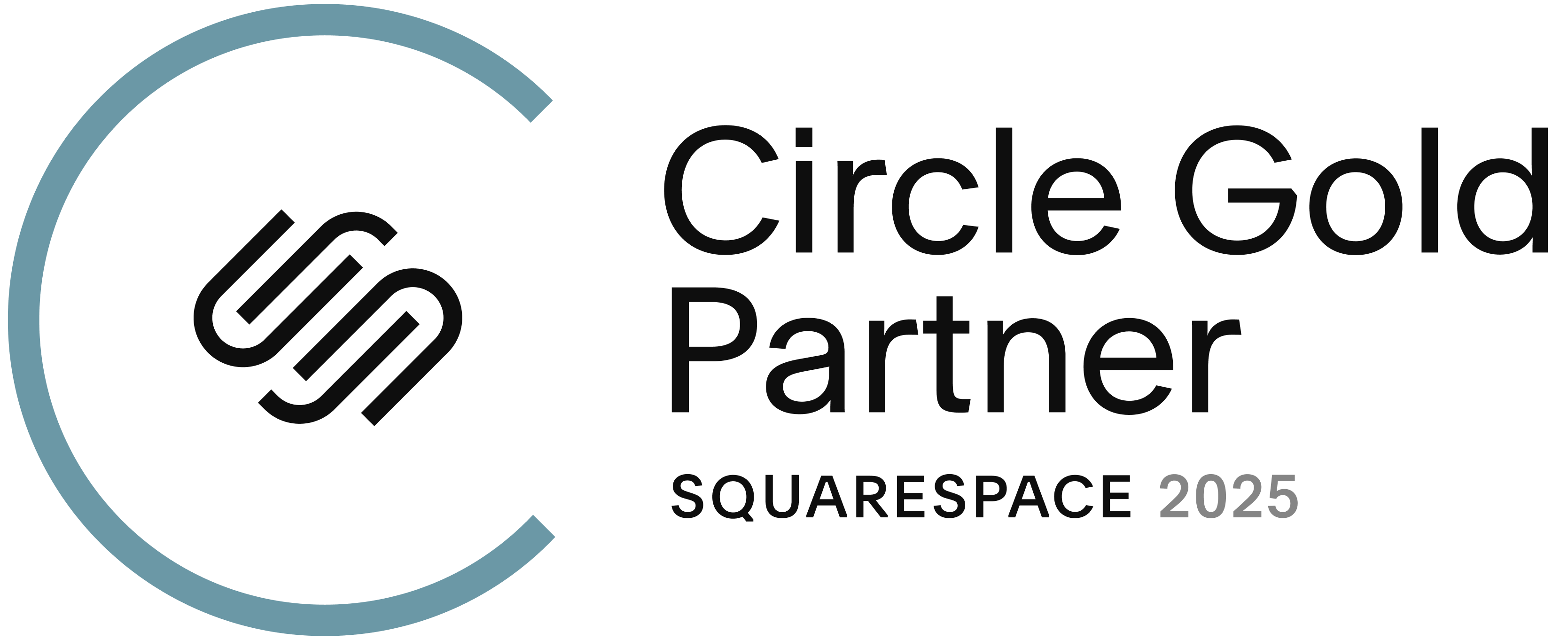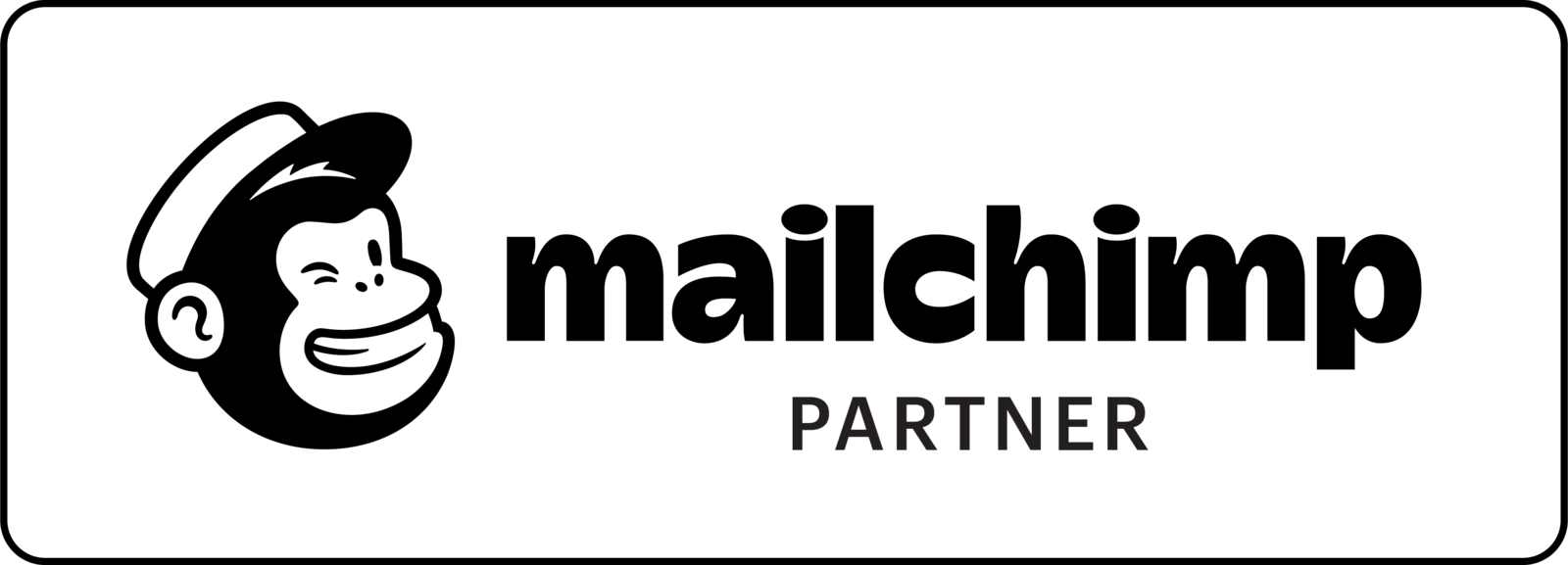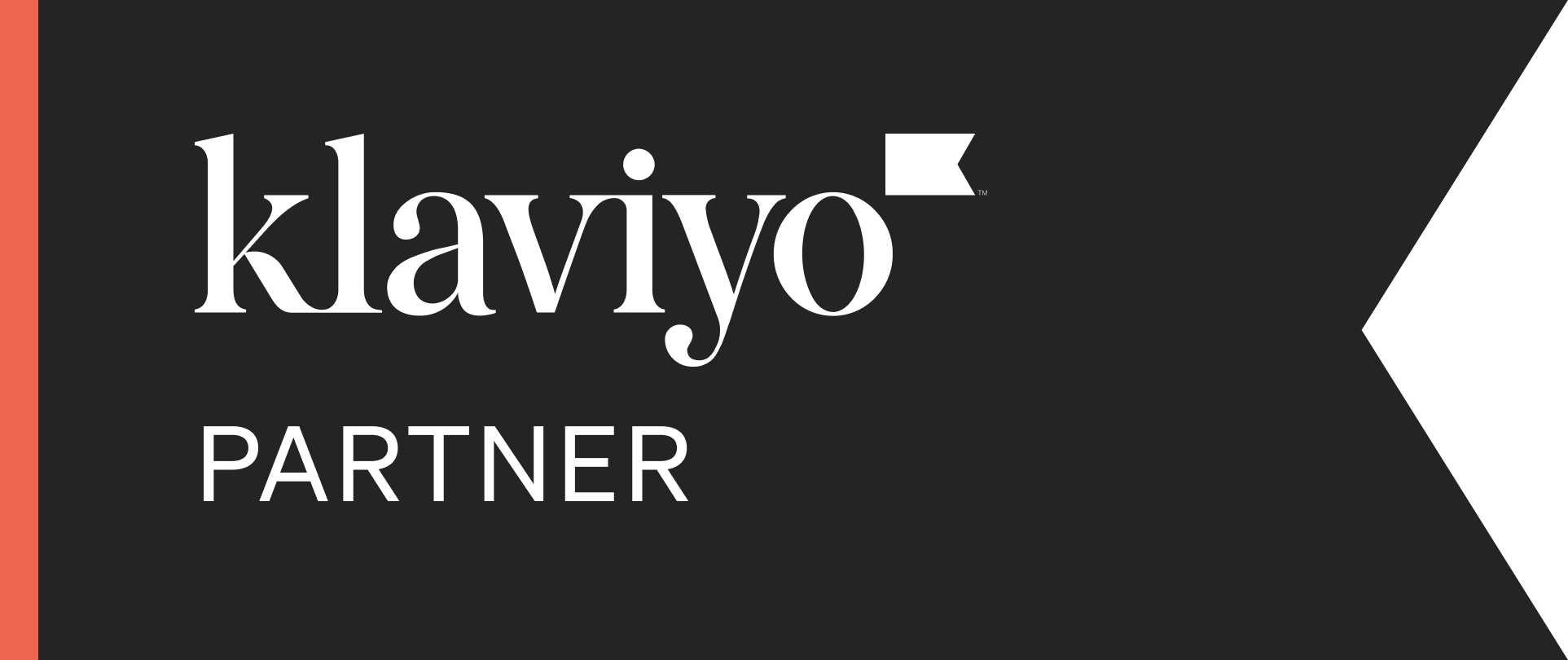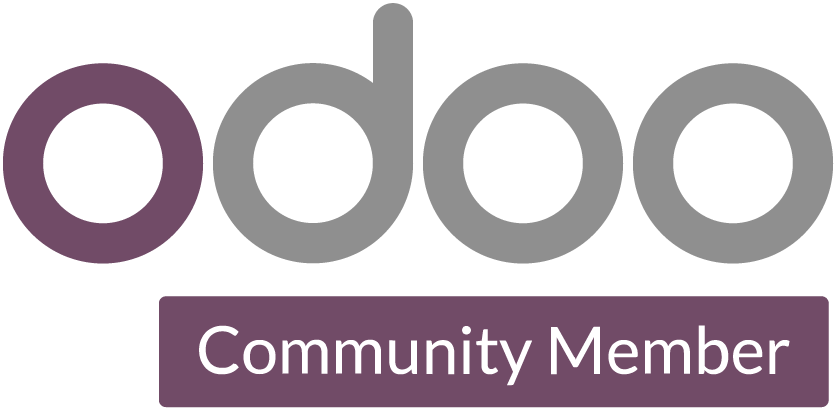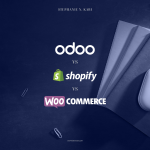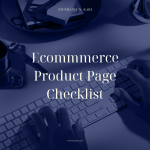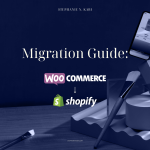1. What is DesignOps?
DesignOps is all the operations that support high-quality crafts, methods, and processes, including tools, infrastructure, workflow, people, and governance.
Design is valuable because of serendipity, a culture of interruption, deconstructive creativity, and human understanding. However, designers are often sidelined in favor of developers. DesignOps aims to amplify design’s value by providing the operations that support high-quality crafts, methods, and processes.

Why is DesignOps Important Now?
DesignOps is essential for modern organizations because of scale, people, expectations, and inclusion. Companies are growing and expanding, design teams are supporting more parts of an organization, and the tools used for design are becoming more complex. Great designers are a rare commodity, and recruiting them is difficult. Expectations for better design outcomes are sky-high, and diversity and inclusion take work.
How DesignOps Works
DesignOps practice focuses on three overlapping areas: business operations, people operations, and workflow operations. Business operations facilitate design through budgetary and political capital, people operations support design teams through rituals and defined expectations, and workflow operations provide systems that support project intake and management.
2. DesignOps Scenarios and Models
Companies that understand the value of design invest in the role of DesignOps to maximize design’s value and impact.
DesignOps is now becoming more common place, with DesignOps teams helping to forecast work, manage resourcing, drive the day-to-day project flows, oversee budgets, support team health, and basically facilitate anything that allows creative teams to focus on what they do best.
What matters most is not to fight just for the creative team but to build a process that protects the integrity of the creative team’s work.
When Is It Time for DesignOps?
The craft of a DesignOps team boils down to process. When you have a team responsible for process, it lets every other team focus on their respective crafts.
It can be hard to gauge when to ramp up a DesignOps function, but these are some scenarios where it might be time:
- Craft specialization: it’s no longer feasible for roles to blur
- Operating a design team at scale: it’s no longer possible to keep everyone in sync
- Safe harbor: designers need protection from the grind and thrash of creative development
A. Craft Specialization
In the early stages of a design team, designers and other team members wear many hats. The roles and responsibilities are blurred in a persistent “all hands on deck” approach to every problem. For small teams, this is often the fastest way to work together—the workflows, stakeholders, coordination, and communication are all easy enough to keep in check, and everyone is in sync.
As organizations mature and grow, specialization becomes increasingly important. As a business scales, the processes that were once effective might no longer fit the changing org. Design teams may find that as they scale, they require specialist roles beyond the UX designer—like design researchers, UX writers, brand designers, illustrators, and motion designers. This is when a DesignOps role can help to make sure that the right people give the right feedback at the right time, with each specialist aligned to the same
💡 The job of the DesignOps team is to protect the time and headspace of everyone within the design organization—the designers, writers, researchers, and so on—which allows everyone to focus on their respective craft.
Specialization also introduces a financial upside to an organization by ensuring that people are doing the work they were hired to do, rather than taking on work outside of their core competency.
B. Operating a Design Team at Scale
Organizational growth means more teams and individuals—from product management, customer support, marketing, sales, etc.— lean on the design team. Keeping these teams and their requests in sync often becomes a responsibility unto itself beyond the actual work of design.
This is when it becomes critical to better manage communications and coordination across all teams and projects.
As organizations build out these processes they become the “fine motor skills” that ensure consistent quality at scale. DesignOps is uniquely adept at defining, socializing, and maintaining these type of workflows.
C. Protecting Design Teams from Burnout
Creative teams are uniquely vulnerable to the subjective nature of their work. On any given project, they might receive bad feedback, late feedback, conflicting feedback, and even feedback from unknown parties with no apparent involvement in a project. After jumping through the burning hoops of a long creative approval process, a team will see their good ideas arbitrarily go down in flames. This creates a stressful environment with few safe places to explore and ideate, and little to no empathy or support for the creative process.
What’s more, scale, pace, and complexity can add up to an environment where creative teams feel like they are always reacting, and never exploring and refining ideas. When this happens, it’s understandable that a designer might just throw up their hands and say, “Just tell me what to do.” This happens all too often at companies that invest in amazing design talent, only to relegate them to software operators rather than thinking of them as partners in solving business problems. It also means that these great creatives are going to look elsewhere for a creative outlet—hopefully on a side project, but likely at another company.
DesignOps is not a solution for every issue, but it can mitigate the workflow problems that impact a teams’ health — starting with planning. If a team knows when to expect feedback from specific people—whether from the CEO or other stakeholders—they can tailor the presentation of their work to reflect how it addresses things like revenue goals (this design will increase conversions), product goals (this redesign will make features more discoverable), etc. What’s more, a design producer can set expectations and explain to stakeholders what type of feedback is needed at each particular stage in the design process.
Business Thinking for Designers: the Potential of Business Savvy Designers
For example, at Dropbox, producers create what they call “blue boxes” at the top of each document they present for creative reviews. These are check boxes that clearly state—before any work gets presented—what feedback they are looking for and from whom. They also call out what types of feedback won’t be helpful. This approach is a great reminder at each review of roles and responsibilities; while they want everyone to be heard, they also clarify who is the ultimate decision maker for different aspects of the creative output.
Beyond managing stakeholder feedback, DesignOps can prepare the team for upcoming projects and even expose the creative team to the decision-making process early, elevating them more to project partners than executors. This advanced forecasting allows creative teams to get involved with those requesting projects — like product or marketing — and work collaboratively to define the problem.
DesignOps Models
The specific flavor of DesignOps you put in place can vary. In general, two DesignOps strategies surface, each of which overlaps with the other:
- Operations support: the DesignOps role sets standards and refines processes for the entire design team.
- Project support: the DesignOps role embeds into each specific project workflow to drive and improve the creative process in partnership with design leadership.

A. The Operations Support Model
In a DesignOps support model, the ops function builds systems that impact the work at a high-level. Here the ops function tends to be smaller—sometimes just one person— with a broad focus that allows for spotting areas in need of triage. These areas include design tooling and systems, communications, recruiting, team development, and budgeting.
The DesignOps role might:
- Dictate meeting cadence, thinking strategically about when 1:1 meetings, team meetings, and leadership meetings should fit in any given week.
- Set recruiting standards, plan new hire onboarding, and set a curriculum for the ongoing education and development of the team.
- Support the team by managing the budget, especially when your team relies on freelance talent, vendors, and agencies.
B. The Project Support Model
In the project support model, a design producer or program manager attends not just to the high-level systems but to individual projects, driving the day-to-day creative workflow.
The DesignOps team owns the creative schedule and milestones and ensures that creative teams have what they need to develop their best work on time. This project support might include documenting tasks and follow-up items, wrangling project specifications, and handling asset management.
3. Putting DesignOps into Play
Large organizations are realizing that one way to quickly scale teams is by acquiring design firms. One thing all of these design firms had in common was a staff who knew how to work with creatives and clients, and who could manage projects efficiently.
Jasmine Friedl, formerly a product designer at Facebook, is now the director of design at Udacity. Here’s how she recalls the integration of the role of DesignOps at Facebook:
“The role of design program managers was crucial understanding how understand how designers were more than just pixel-pushers: setting expectations, getting the right people with the right skills on the right projects, scope phases, and managing those expectations to delivery. This became a big part of the ads organization, and later the design organization as a whole, where design program managers facilitated, organized, prioritized, and wrangled people, events, and initiatives on everything from product to culture.” — Jasmine Friedl, UDACITY
Getting buy-in for DesignOps
When introducing DesignOps into your organization, you’ll want to prepare an explanation of the role and how it benefits your organization.
“What we’ve learned over time is that when our [designers] are spending more than 50% of their time doing operational work, that’s a problem.” — Adrienne Allnutt, LinkedIn

DesignOps makes teams run more effectively by letting designers focus on design while leaving everything else to the operations team.
💡 Many organizations expect their designers to wear many hats—project manager, cross-functional partner, creative leader, and logistical coordinator. However, these additional roles reduce the time your designer can devote to your product and users.
While it may take some convincing to hire for this role, the ROI will appear quickly. Teams will be better organized, leadership will gain a better understanding of what makes their teams tick, and cross-functional teams will have more visibility into—and a better understanding of—the design process. This creates better organizational awareness of design, and mitigates misconceptions that “designers design in a black hole” or that design projects take too long.
What is Your Company’s Design Maturity Level?
Some tips for DesignOps buy-in:
A. Do the research
Talk to your heads of design, product, and engineering (and any senior leadership within your org you have access to) to assess opportunities available in the current product teams. Here are some possible conversation starters:
- Do you have visibility into what the design team is working on?
- Do you know if the team is working well cross-functionally with product and engineering colleagues?
- Does the team have clear and actionable goals they are driving toward, and are they meeting them?
- Are there regular design critiques or feedback sessions?
- Are the product manager, engineer, and designer aligned with what’s shipping?
- Is the team meeting deadlines?
B. Propose a plan
Propose a set of essential tasks that DesignOps could help contribute to. For example, DesignOps can help a product manager operationalize a roadmap, make sure that the team has proper kick-offs on projects, and ensure a design QA is scheduled prior to a major product launch.
C. Recommend the role
Recommend to your leadership team that you would like to hire someone into this DesignOps role to tackle the opportunities surfaced in your research—someone who will develop a long-term plan to scale operations on the team.
D. Keep leadership involved
Invite your stakeholders to interviews, and keep them involved throughout the interview process.
E. Spread the good news
Update your stakeholders on successes and the impact this hire is making in this role.
Staffing for DesignOps
There are some universal qualities and skills to look for in a DesignOps candidate:
- You want someone who can build cross- functional relationships while representing design, and who understands the design process. These relationships will necessitate understanding the product development process and product engineering principles.
- The role calls for excellent project, time, budget, and resource management, and an understanding of different project management ideologies (like waterfall and agile, among others)
- Finally, this role calls for calm in ambiguous and changing environments
One size doesn’t fit all. It’s okay to take the qualities above and get creative, as long as the qualities and experiences perfectly aligned with your team’s needs.
A year-long plan for integrating DesignOps
A. Day One
On day one, welcome your new hire onto the team,
B. Week one
Allow your new DesignOps hire to build relationships within and beyond the design team. Set up 1:1 meetings with the right people for your new hire, and encourage them to learn how design works in your org, what designers need help with, and what opportunities there are for this new hire to help.
C. Month one
Now that your hire has made it through week one intact, for the next couple weeks, they can start exploring how to make the design team operationally efficient.
D. Year one
What follows are a few initiatives for your new hire to focus on based on the needs of your organization. Covering all of the recommended areas will take at least 6–12 months to implement, and will most likely take the work of more than one person. Throughout this first year, make sure you’re tracking the performance of this role and communicating it—this will allow colleagues across your organization to see the value of the role, and will allow you to build a case for even more DesignOps hires.
💡 DesignOps doesn’t just help the design team—it benefits all parts of the product organization.
A menu of DesignOps initiatives
A. Resourcing
Align your headcount to your roadmap by thinking about resourcing: who should be doing what and when?
- Develop a template or guide to help identify the strengths of each designer on your team and how they can best contribute to different types of projects
- Audit whether the design team is set up for success—are designers on projects that suit their skills and strengths?
- Meet with design leadership each week to ensure that company priorities are being suitably staffed
B. Program Management
Begin to shape the design process by instituting communication and collaboration protocols.
- Create a short (30 minutes should be enough), weekly visual status review with your design leadership team.
- Carve out weekly dedicated studio time for designers to catch up with other designers.
- Schedule weekly design critiques for each design team.
- Deliver weekly status updates to and beyond your team.
- Establish credibility and become the source of truth for your team.
C. Team Onboarding
If you’re putting DesignOps in play, you’re likely increasing headcount. Demystify the onboarding process for everyone by creating documentation and protocols.
- Develop an onboarding doc for new designers and design team members. Make this a team effort—this doc should include everything you and your colleagues wish you knew when you first started. Think about things like file saving and naming protocols, master calendars, email aliases—even where to grab a bite to eat.
- Pair up new designers for training and meeting other members of the organization
- For a larger organization, consider scheduling design-specific onboarding in addition to company onboarding.
D. Team Morale & Education
A design team requires inspiration, collaboration, and continuing education. Establish how you can facilitate both individual and group growth.
- Plan team offsites to get your designers together at least once per quarter as a team. The important part is that everyone gets together and teammates have a chance to bond.
- Provide educational opportunities for the team by hosting experts who can level up everyone’s skills. This could be a class on how to use a complicated bit of software more effectively or a presentation of a case study by a respected peer outside the organization.
- Schedule regular design speakers for lunch brown bags or coffee hours.
- Make time to take your designers on inspirational field trips. If your team is distributed, signal that this is an acceptable use of company time and encourage your designers to find nearby inspiration.
- Hold a monthly all-hands meeting for the design team. Curate this to include a mix of education, presentations of work in progress from designers,
E. Budgeting for Design
To advocate for the design organization, you’ll want to understand how design fits into your organization’s larger financial picture.
- Meet with your finance team to understand how the company operates. You’ll want to know about accounting systems, the fiscal calendar, team budgets, and how headcount is allocated.
- Share this information with your design leadership team—everyone should understand the financial constraints and opportunities.
- Track all design team expenses, and establish approval processes for expense requests.
4. Team Coordination
Design operations teams form for many reasons, and grow and morph in many ways to fit the needs of an organization.
To help the design teams get up and running as quickly and effectively as possible, and integrate the design team processes with those of the greater product development team, you could start by:
- Identifying the critical gaps and weaknesses where design could provide the most value
- Establishing and fostering strong cross-functional partnerships
- Socializing our process proposals to other teams and make our case for change
Listen to all levels
💡 The most effective tool to solving any problem starts with listening. Give yourself and your team an ample amount of time to meet the people who help get the work done.
Don’t stop with the people directly within your particular organization — talk to everyone who contributes to the successful delivery of great design work — design leaders and individual designers; cross-functional partners like engineering, product management, marketing, legal, purchasing, and customer service; and anyone else with a hand in the process. This way, you can gauge where the organization stands and determine the strengths, weaknesses, biggest problems, and biggest opportunities.
Communicate often
Once you have set your priorities and approach, it’s very important to communicate progress often. Be sure to speak to progress, blockers, etc., to make sure your team has what it needs to be successful at least weekly.
💡 Communicating what is needed & expected of your design leadership team is crucial.
Make sure to have ongoing dialogue at the cross-functional leadership level (if necessary). This elevates the DesignOps team within the design org and the company, helps to create awareness of the value of DesignOps, and gives you & your team the chance to present your work to a broad group of stakeholders.
Consider regular team meetings to proactively communicate what everyone is working on. It’s likely that a lot of the ongoing initiatives you discuss in these meetings will be those that were inspired and informed by the designers themselves. This will make the designers feel heard, and feel like they had a hand in making things better.
Ask for feedback
Getting feedback on a project or initiative you’re leading can feel scary and personal, which can give feedback a negative connotation. However, feedback helps us understand what went well (positives!) and where things can improve (opportunities!).
Depending on the scope of the work and the number of people involved, there are many ways to gather feedback: one-on-one discussions, surveys, and retrospectives. Gathering feedback early and often does two important things.
- It allows people to be heard and feel valued.
- It helps inform you and your team about how to make things better going forward.
💡 Make sure to communicate that you’re open to feedback at all times.
If something doesn’t feel right or isn’t going in the right direction, it’s best to know as soon as possible versus down the road when you have missed your opportunity to effect change.
Stay flexible
Change is inevitable, and it affects everything from individual pixels to entire companies. DesignOps teams are at the forefront of managing this chaos and ensuring that design teams can produce outstanding work. They focus on the work, not the processes, and must remain calm and collected in the face of constant change.
On the surface, everything looks smooth, but below the surface, they’re a duck paddling furiously to keep things moving. Transparency is essential, and teams must adopt a “wait and see” approach to cope with things outside their control. You must keep moving forward, no matter what the universe throws at them. Their flexibility and perseverance make them a valuable resource for design teams. They don’t give up, and they help everyone reach the finish line, even when it keeps moving.
While it’s impossible to keep everyone happy all the time, there are steps that DesignOps managers can take to build a solid foundation for their organization. By doing so, they can manage through good times and bad, and hopefully keep their teams happy and healthy most of the time.
A. Share your team mission/vision
Well-written mission, vision, and value statements can unify and inspire design teams. They are great resources to be used within the design organization during onboarding and recruiting, and when designers need guidance to tackle a tricky problem or scenario.
- Vision statement: An ambitious framing of the future that you want to achieve—a North Star toward which your teams should be working
- Mission statement: A breakdown of how you’re going to achieve your vision
- Values statement: A guide for the day-to-day decisions about how you conduct yourself
Not sure where to start when writing your design organization’s statements? Here’s a simple template for starting a mission statement:
- Who we are
- How we work
- The outcomes we aim for
B. Align on roles and responsibilities
When roles and responsibilities are clearly articulated within the organization, individuals know where they stand and how they can progress in their careers. Roles and responsibilities are likely in place if you’re working at a mature company, but for the new company or newly formed design org, these will have to be defined.
C. Define success for your team and your individuals
Most companies have long-term strategic and annual planning, and design organizations should too. DesignOps can facilitate conversations at the design leadership level to ensure success is being defined based on the company’s goals. At Fitbit, they meet quarterly as a design organization to reflect on the previous three to six months, talk through any urgent priorities, and set goals for the coming months. With team goals established, take time to get feedback.
Goals that are shared and agreed upon are goals that can be met.
Many companies have tools that help teams and individuals document their goals. Make sure to agree on these tools—and set the expectation that everyone should use them to ensure you’re working towards the same outcome.
D. Define your culture and prioritize it
Culture is often the unsung hero that keeps design teams happy and healthy, yet too often it’s not prioritized. Building a design culture can be done in many ways and at different scales. Find out what works for you and your organization by having stakeholder conversations with design leadership. Ask them to describe their ideal design culture, and to define what is most important to them. From there, approach it like you would any other design problem: set up desired outcomes and deliverables, set milestones, and create teams to get things done.
Design cannot be successful in a silo; build cross-functional relationships for optimal design outcomes
Relationships are so crucial to successful outcomes for both design and DesignOps. When tackling any design challenge, identify key cross-functional partnerships and stakeholders who can spot the opportunities for design to provide the most value. This helps you ensure that all possible solutions are surfaced by balancing the user experience with business needs and company goals. Identify your cross-functional partners and stakeholders early to make sure they clearly understand the problem and are aligned on the desired outcome.
From there, establish a meeting cadence that will keep everyone looped in. If you’re solving for stronger collaboration in general, consider a bi-weekly meeting cadence to ensure close and frequent communication. Some of the meeting topics can include:
- Aligning on priorities across teams
- Problem solving key/hot issues across programs
- Sharing work that’s in progress
- Process problem-solving
No one likes a lot of meetings, so revisit the meeting cadence often to ensure it’s a good use of everyone’s time. Remember to promote collaboration starting at the top, and don’t be afraid to solve for areas of friction early!
5. ResearchOps
ResearchOps is included here because it’s tightly related to design, and it needs very specific approaches to people, workflow, and business operations.
The mission of research
Research helps gather data from inside and outside the organization to derive actionable insights that drive both strategic and tactical decision making. Research data comes from a variety of sources:
- User research
- Ethnography
- Interviews
- Remote and in-person moderated and unmoderated testing Journaling
- Participatory design
- User activities (purchases, usage, site, and app analytics)
- Market research
- Analyst reports
- Support and sales logs
- Customer interviews
Organizing research activities to discover insights, and making those insights actionable, requires attention to many operational concerns. This is especially true as you scale your research organization and your org as a whole.
Design Handbooks for Product Design Teams
**

